|
Biophilic design is the new trend for bringing nature into the design of your home and workspaces. These 3 plants are the best for your office, says interior designer Chloe Bullock  l first learnt about biophilia whilst watching Biophilic Design – the Architecture of Life. It’s a film about the overwhelming benefits of buildings that connect people and nature: hospitals where patients heal faster, schools where children’s test scores are higher, offices where workers are more productive, and communities where people know more of their neighbours, and where families thrive. I loved it. It all made so much sense. There’s lots of research that shows we need nature at a deep and fundamental level, but our cities and buildings are often designed in ways that diminish the environment, and alienate us from the natural world. Biophilic design, in contrast, shows the way toward creating healthy and productive habitats in a modern way. Biophilia itself means the human need for connection to nature - the idea that we possess an innate tendency to seek connections with nature and other forms of life. The term is fairly new - it was first coined by psychoanalyst Erich Fromm in 1973, and later used by biologist Edward O. Wilson in his book of the same name published in 1984. Wilson proposed that “our urge to affiliate with other forms of life” has a genetic basis. Biophilic design in buildings can reduce stress, enhance creativity, improve our well-being and speed up healing; and as the world continues to move into towns and cities, these qualities are ever more important. Global figures show a huge shift of over 40% in populations moving into urban areas over the last 60 years. In these urban areas, we need to ensure that everyone living, working or visiting indoor spaces is happy, healthy and content. In the UK we also spend 90% of our day on average indoors, and should do more to take ourselves outside: in Finland, health officials recommend spending a minimum of 5 hours a month in the woods to preserve good mental health. This human need to connect to nature within our building design has many scales and levels. The types are best summarised in the WELL Building Standard - which I’m studying. The standard encourages nature to be incorporated into everything: environmental design, lighting, layout, how a building interacts with nature around it, water features, natural materials and even pattern incorporation (biomimicry). Yes, even the imitation of nature’s patterns and forms is beneficial for us… making me feel lucky to have grown up in a house decorated with William Morris wallpaper! As a designer promoting cruelty free design I could easily extend this to our affiliation with animals - and avoid using any animal-based materials in building design too. The WELL standard also encourages onsite gardening for workplaces and also having garden spaces to work or rest in: measures which have been shown to have benefits for reduced stress, increased productivity and in medical environments, they reduce healing and recovery time. You just need to read Florence Williams book The Nature Fix to know this is a great thing. Williams says even 5 minutes a day spent in nature is beneficial for your health, so breaks in garden spaces are invaluable. I was lucky to hear architect Nic Hoare of Brighton’s RHP Partnership talk about design for hospices – where he uses biophilia as a vital tool to improve the experience of staying in, visiting and working in the buildings. And keeping these things in mind when designing workplaces - such as maximising exposure to daylight by positioning people close to windows for a pleasant working environment is important. Research has proven that a view through windows of external landscaping that connects people to nature - has a positive effect on productivity, mood, and creativity. The Low Carbon Trust’s Earthship Brighton is a great example of a biophilic design. This autonomous building is hidden away in the back of Stanmer Park. It has aesthetically and strategically considered planted areas, and natural materials and forms on view inside, and outside, through the South facing windows, with a view of the lush green reed bed water filtration bed and the beautiful view of the surrounding South Downs National Park beyond (an Area of Outstanding Natural Beauty). You don’t have to live in an Earthship to bring more of the benefits of nature into your home and workplace (even though that would be wonderful). There are small things you can do. As a first step, there are some useful plants that can improve your environment. As well as the forms, colour, air purifying and de-stressing benefits of the plants - it’s also been reported that caring for plants is good for you too. Here are three plants to help improve your office and workplace:
If you'd like to find out more about the benefits of bringing yourself and your team into nature, and how School of the Wild can help, get in touch here. Comments are closed.
|
Author & CuratorNigel Berman is the founder of School of the Wild. Archives
March 2024
|
Leaders |
About Us
Support |
|

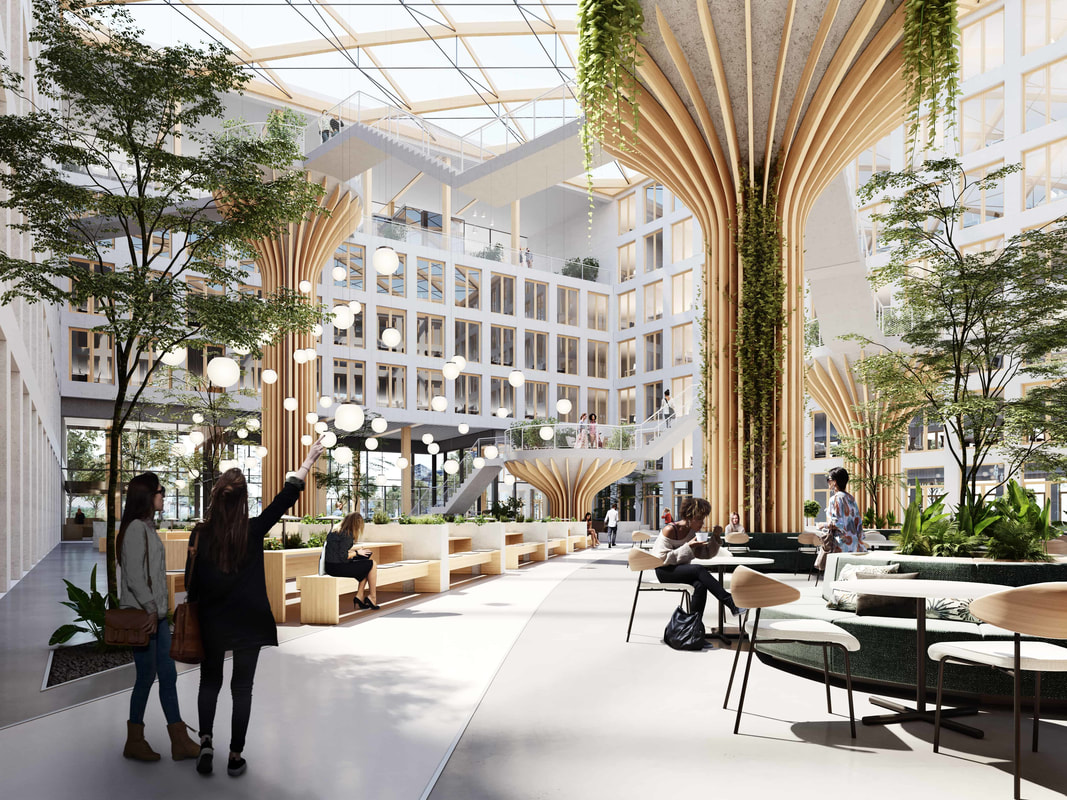
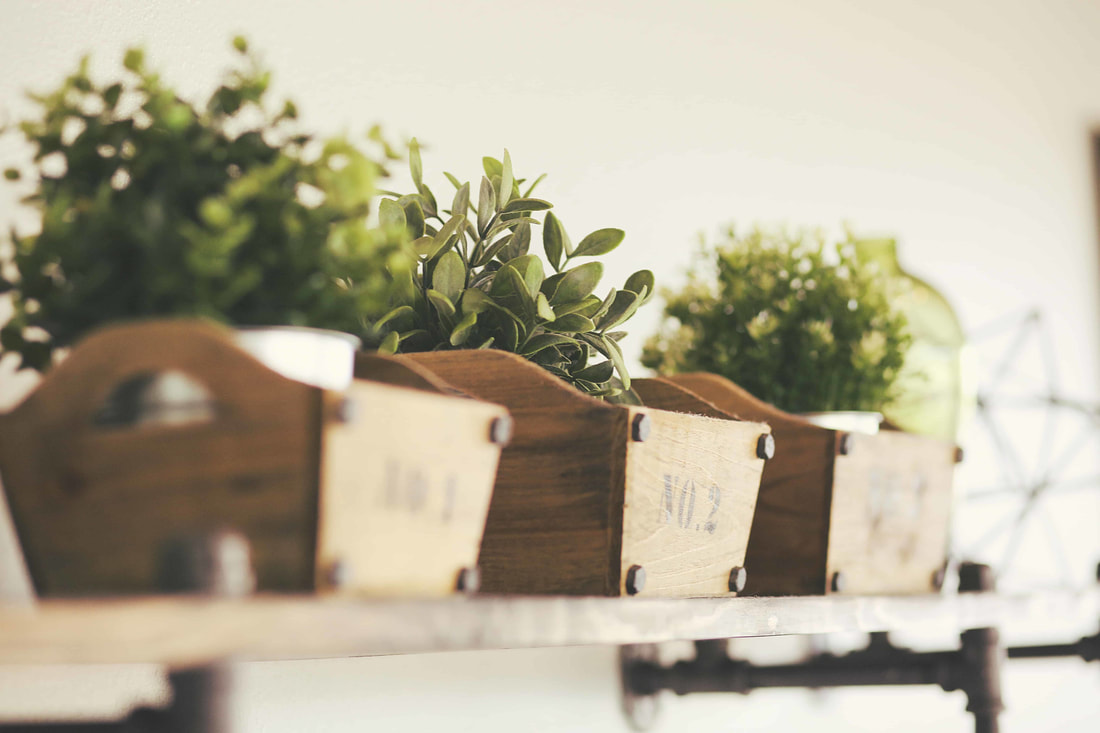
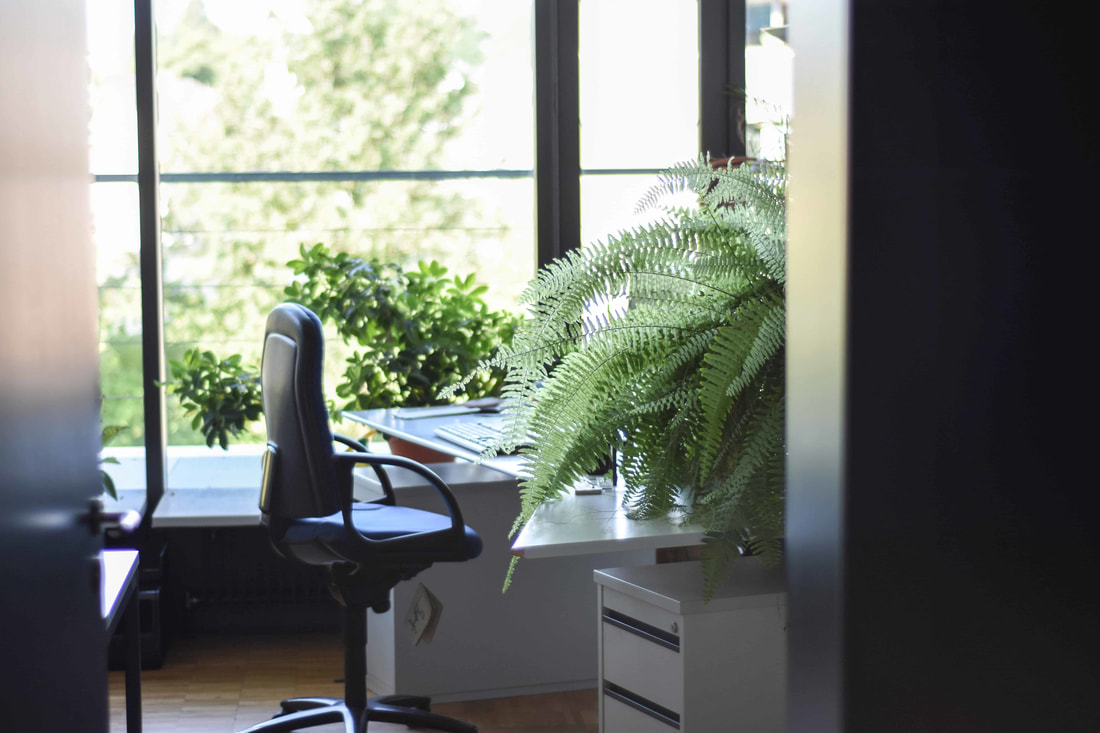
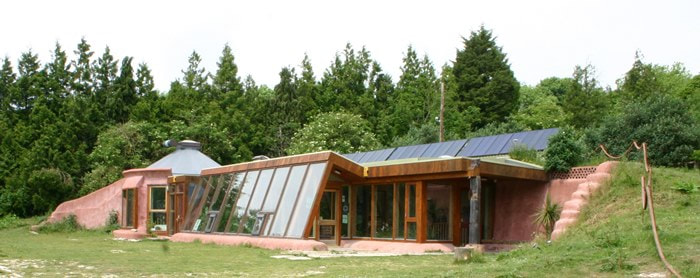
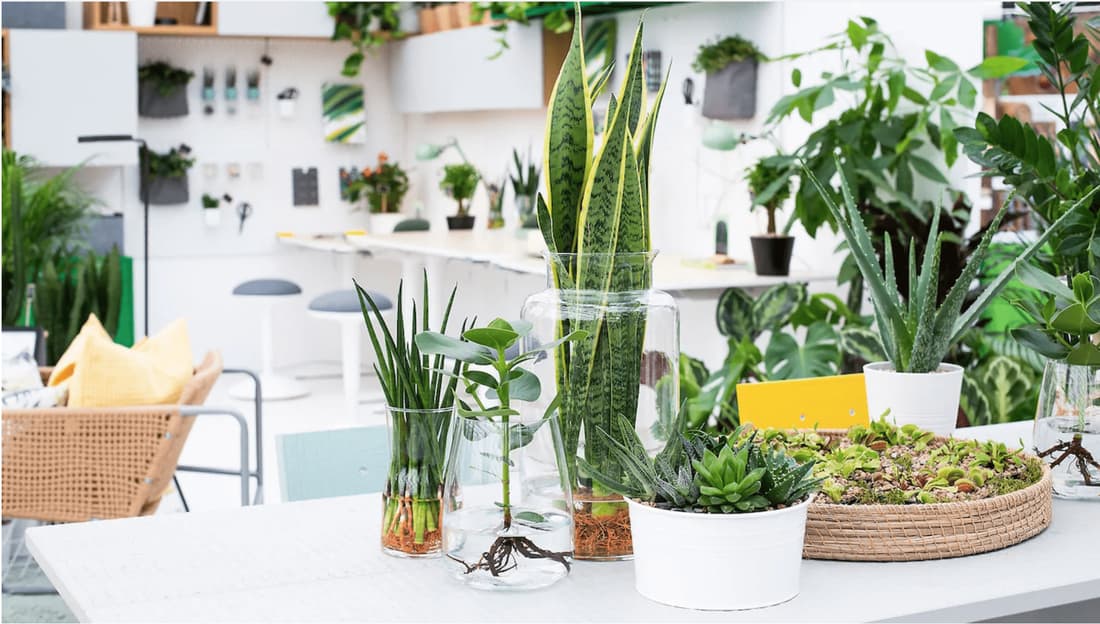

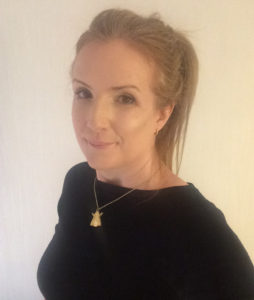
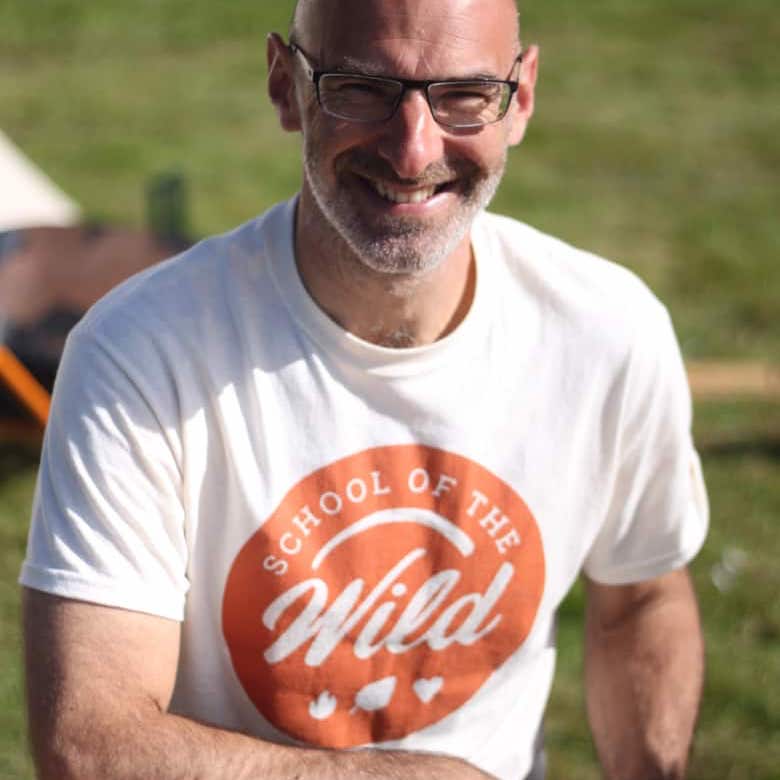
 RSS Feed
RSS Feed



